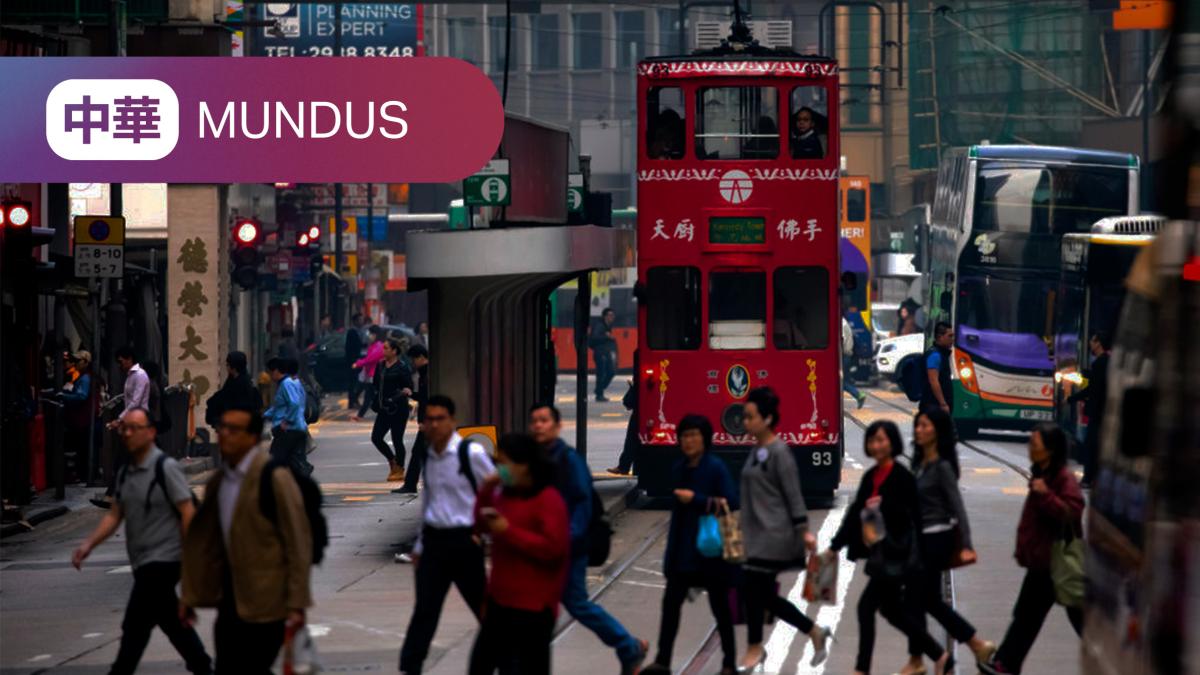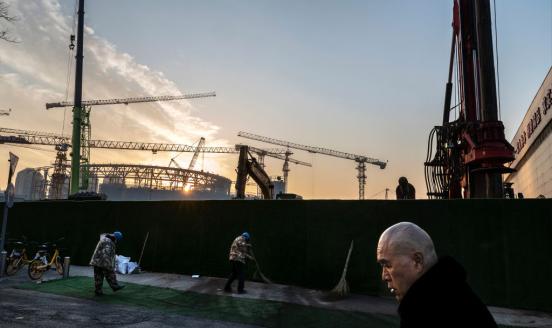What is behind China's structural deceleration?


While all eyes are on China’s third quarter GDP figures published today, this newsletter will go beyond the cyclical up and downs in the GDP data to focus on structural deceleration. With hindsight, one can realise that China’s GDP growth has basically halved in only 10 years, from growing over 10% in 2012 to hitting a 5% target in 2023.
How could this reduction happen so quickly and what can we expect next? While structural deceleration should be expected for any economy reaching $10,000 per capita, the Chinese economy started to slow-down well before reaching this benchmark. Some argue that the Covid pandemic and the uncertainty caused by this shock is behind the faster-than-expected deceleration. However, this explanation ignores the fact that the fastest level of deceleration happened during the period of 2012 to 2019, which closed with merely 6.1% GDP growth.
The cause of deceleration is related more to structural imbalances than worsening investor sentiment, although this has clearly not helped. Ironically, it is those same imbalances which have contributed to China’s economic miracle, leading to the country’s most intractable problem: excessively high savings and its stubbornly low consumption.
China’s saving ratio still hovers around 45% of GDP, which means that a huge amount of funds are being invested every year and not in a necessarily effective manner. A prime example of this excess is the mountainous region of Guizhou, which has become famous for being home to some of the world's tallest bridges. While it is one of China’s most impoverished regions, one could argue that Guizhou’s investment in infrastructure has helped lift the province out of poverty, earning it special praise from President Xi Jinping.
However, this status has come with a high cost for Guizhou. It is one of China’s most indebted provinces, with a public debt of around 137% of its GDP when off-balance sheet positions are included. The enormous amount of borrowing accumulated by China's provinces, much of it through opaque local government financing vehicles, has not only become a huge problem but it could not have happened without the help of a soft budget constraint stemming from China’s excessively high saving ratio.
The praise for China’s infrastructure should come with a caveat, which relates to its opportunity cost. To build first-class infrastructure, the Chinese government had to make difficult choices, including accepting a large share of waste which has brought the return on investment in China to a record low level. The same is true for Chinese corporates that have embarked on a huge investment binge at the cost of very rapid leverage (around 160% of GDP today). China’s very high saving ratio has become a devil in disguise as it has made it easy to continue to increase investment, especially in infrastructure and in real estate, without the constraint of a high enough return.
Elsewhere, China’s low consumption is a well understood problem among Chinese policymakers. The situation has hardly improved since Premier Wen Jiabao made rebalancing the economy towards a consumption-based model a priority after the 2008 global financial crisis. Given China’s excellent track record in reaching pre-assigned targets, one wonders why rebalancing has been so difficult to achieve. The answer lies in the fact that the core principles of China’s development models would need to change to reach that goal. For China to become a consumption-based economy, not only would it need to change its economic model but also its ideological principles of how a country’s economy should be run.
Those ideological principles are central to the state’s economic activity as a producer, a regulator and as a planner. They discourage consumption and support fixed asset investment. Such preference is reflected in subsidising investment – with very low interest rates compared to China’s potential growth – while keeping wages artificially low. While Wen Jiabao tried hard to push wages up after the global financial crisis, households stubbornly kept a very high saving ratio, which remains at the same level today as it was in 2010 (resting at 45.9% of GDP). The reason for that lies on a second key principle of China’s socialist model which is that the welfare state is considered “welfarism” in President Xi’s own words. The absence of a decent pension when retiring and the lack of real universal healthcare coverage prevents households from spending. Beyond the central role of the state and the lack of a welfare state, recent developments are also not helping, such as the hostile external environment stemming from the strategic competition between China and the US.
China’s rapid deceleration is structural and cannot be explained by the pandemic. Its seeds are inherent to China’s development model so that policies which could mitigate such structural deceleration are extremely difficult to implement. As a result, further deceleration is to be expected for the foreseeable future.
ZhōngHuá Mundus is a newsletter by Bruegel, bringing you monthly analysis of China in the world, as seen from Europe.
This is an output of China Horizons, Bruegel's contribution in the project Dealing with a resurgent China (DWARC). This project has received funding from the European Union’s HORIZON Research and Innovation Actions under grant agreement No. 101061700.




